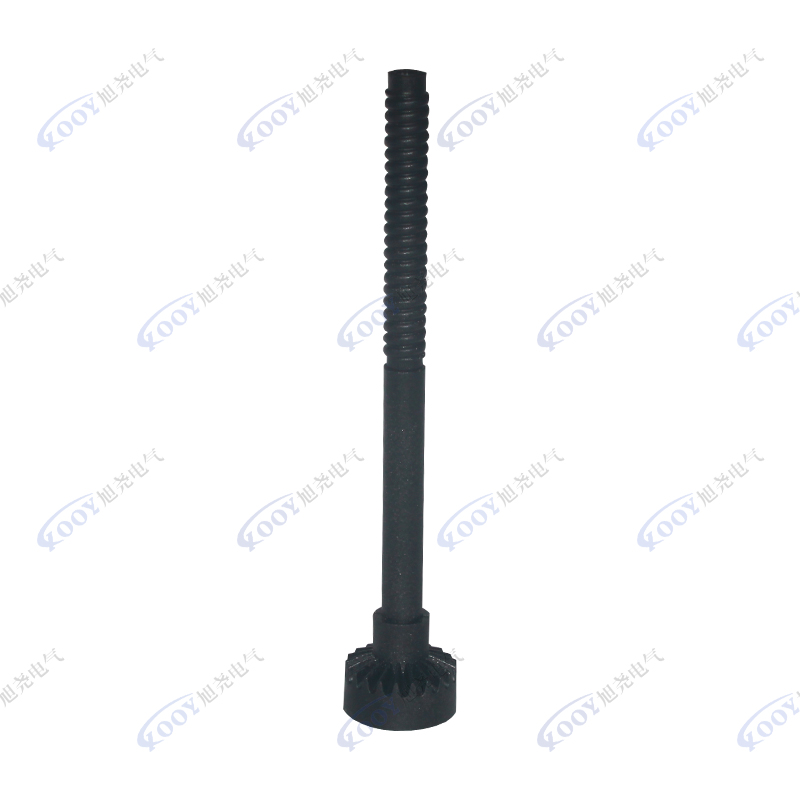Standard car insurance typically doesn't cover aftermarket parts that are added to a vehicle to boost its performance or appeal. Insurers price their coverage based on costs to repair or replace a vehicle as it came from the original manufacturer.
If you want to cover such aftermarket modifications — things like amped-up stereos or suspension systems, custom rims, tinted windows, cosmetic paint jobs, and more — you’ll need to add an optional endorsement to your auto insurance policy called custom parts and equipment (CPE) coverage. xuyao

This endorsement, or rider, is added to your comprehensive or collision policy and effectively covers your aftermarket “mods” under the same terms. If an incident is covered, then so, too, will the included aftermarket parts. Likewise, the same single car insurance deductible applies.
Custom parts and equipment riders can be added to your car insurance policy for as little as several dollars a month on your premiums and typically provide a maximum level of coverage for the aftermarket parts, often a combined total of $5,000.
Custom parts and equipment coverage is optional insurance that covers aftermarket modifications made to enhance your vehicle’s looks or performance. It is not for aftermarket parts — a term used for non-manufacturer parts — that your mechanic finds and installs to keep the car running.
CPE coverage is added to your comprehensive and/or collision policies and comes with a maximum payout amount per event or car accident, usually between $2,000 and $10,000. The typical coverage limit is $5,000.
Any part that you install on the car that did not come from the factory as part of the original model is considered a modification and could require custom parts and equipment coverage. Common examples include:
Speakers, TVs, DVD players and other electronic equipment
Undercarriage lighting, fog lights and other custom lights
In a few states, aftermarket parts are automatically covered up to $1,000 in comprehensive and collision policies. In addition, some insurers may include certain types of modifications in your comprehensive or collision coverage, particularly if those modifications are considered safety components. An example might be an anti-theft device or rear-view camera. In fact, some of these can potentially lead to auto insurance discounts.
In general, though, you’ll want to assume that the insurer is not going to cover any modifications or enhancements you make to your car. Review the policy’s fine print or call your insurance company to ask. It’s important to note that “full coverage” does not mean aftermarket parts are included. Having “full coverage” simply means having all three categories of insurance: comprehensive, collision, and liability. And when the insurer is pricing those standard auto insurance policies, it is assuming you drive a model that includes only factory parts.
Original rims that came with the car, or that were installed to the manufacturer’s specifications, are covered just like other parts of the car under your comprehensive and collision insurance. If the rims are damaged in a covered event — say you hit rocks or a pothole — standard rims will be covered, though repairs in many cases may not exceed your deductible amount.
However, if you have added aftermarket rims, then you will need to add a custom parts and equipment endorsement to your policy to cover them.
The tire and wheel insurance marketed by car dealers often covers 100% of the cost of repairs or replacement of damaged rims and tires on the car at the time of sale. Many insurers offer similar plans at a much-reduced cost.
In most cases, aftermarket parts do not void your regular insurance coverage. But if you use aftermarket parts that the insurer thinks could compromise safety, the company could conceivably void your policy and refuse to make any payouts at all. Examples include changes to the suspension system that affect the way the car handles; spoilers or scoops that make the car faster; or engine modifications that boost its speed.

Mud Flaps For Car That’s why it’s a good idea to inform your auto insurer of any changes you make to the vehicle. In addition, if you want the insurer to cover an added part, it’s a good bet the insurer will need to know about the part before you file a claim.